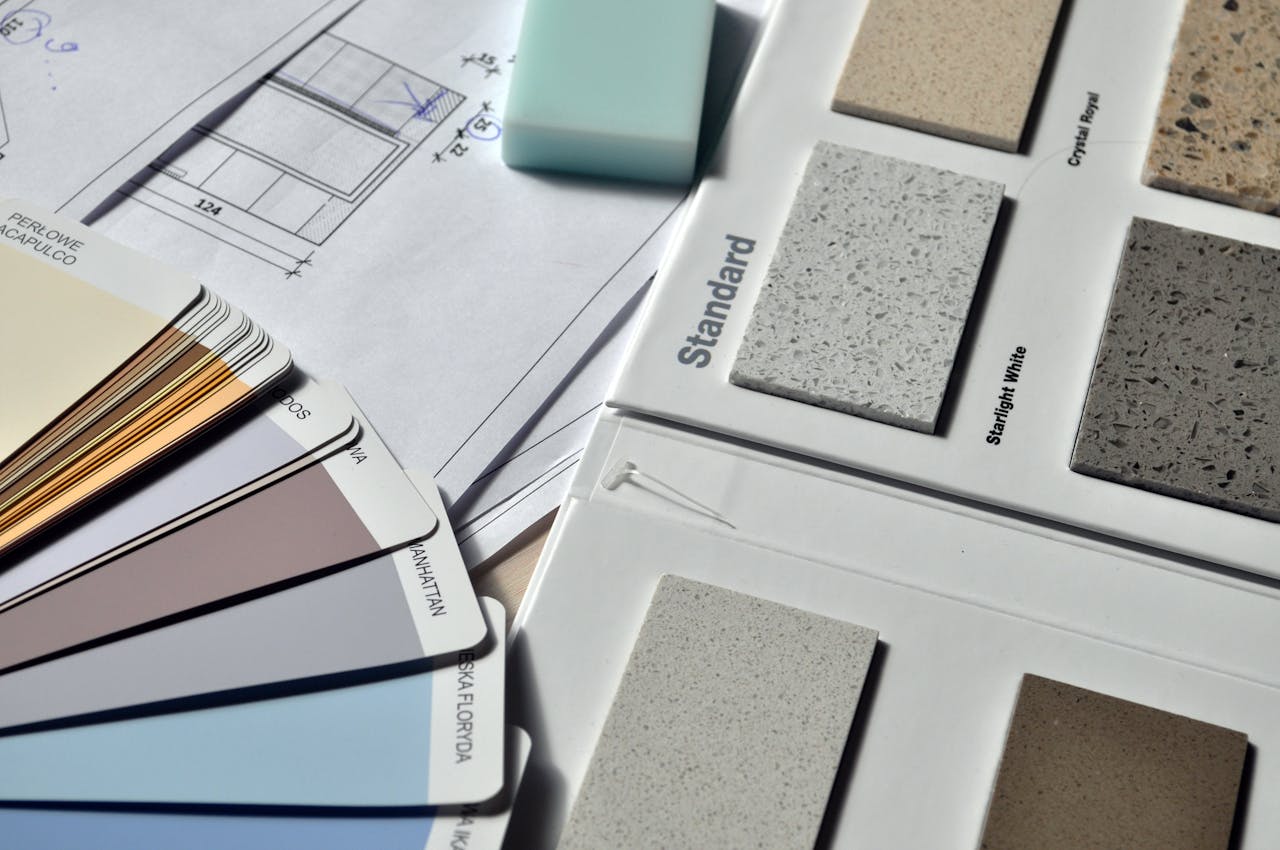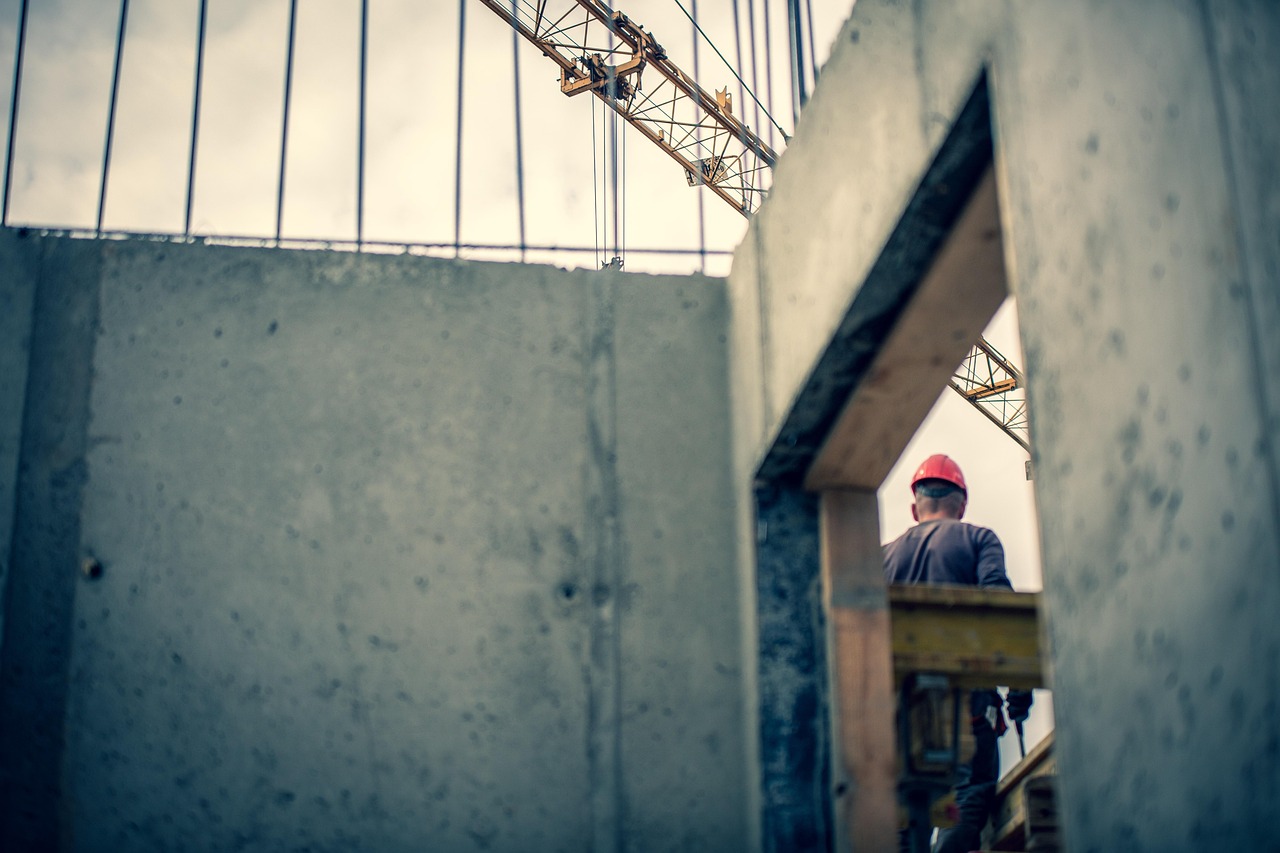The Importance of Sustainable Materials in Building and Construction

In an era marked by climate urgency and resource scarcity, the building and construction industry finds itself at a critical crossroads. As one of the largest contributors to global carbon emissions and material waste, this sector has immense potential and responsibility to lead change through sustainable practices. At the core of that transformation is the choice of building materials.
Sustainable materials reduce environmental impact, conserve non-renewable resources, and promote healthier living environments. By rethinking what we build with, developers, architects, and policymakers can help shape a greener and more resilient future.
Timber as a Responsible Choice for Modern Construction
Among sustainable building materials, wood remains a standout for its renewability, low embodied energy, and carbon-sequestering properties. Sourced responsibly, timber can be harvested with minimal environmental disruption and regrown through managed forestry practices. Innovators in the space, like leading timber products by Olam Agri or comparable suppliers, are creating high-performance wood materials that balance strength, longevity, and sustainability. These products include engineered options such as cross-laminated timber (CLT) and glue-laminated timber (glulam), both of which are making their way into large-scale residential and commercial projects around the world.
What makes timber truly sustainable is not just its natural origin, but the supply chain behind it. Sustainable timber producers commit to forest stewardship, biodiversity preservation, and traceability from harvest to final use. Compared to materials like steel and concrete, timber requires less energy to produce and contributes significantly less to global emissions, making it a wise choice for climate-conscious construction.
Concrete and Cement
Concrete remains a staple in modern infrastructure, but traditional cement manufacturing is energy-intensive and contributes roughly 8% of global CO2 emissions. Fortunately, innovation is bridging the gap between strength and sustainability.
Supplementary cementitious materials (SCMs) such as fly ash, slag, and natural pozzolans are now being integrated into concrete mixes to reduce cement usage. Additionally, carbon capture technologies and geopolymer alternatives are offering new avenues for producing concrete with significantly lower environmental costs.
These new formulations don't just help the planet, they enhance durability, reduce shrinkage, and increase resistance to chemical attacks. As the adoption of green concrete grows, it plays a vital role in reducing the ecological burden of large-scale construction projects.
Recycled and Reclaimed Materials
Incorporating recycled and reclaimed materials into construction isn't just a sustainability win, it's a cost-effective way to reduce waste and add character. Reclaimed wood, metal, brick, and even architectural features like doors and beams can be sourced from demolition sites and given new life in modern builds.
Recycled steel and aluminum maintain their properties even after multiple uses and drastically reduce energy consumption compared to primary production. Crushed concrete can be used in road base layers, while recycled glass and plastic are increasingly showing up in innovative composites and tiles.
Using these materials supports a circular economy, decreases landfill waste, and minimizes the need for new raw resource extraction, all while offering distinctive design elements and storytelling potential.
Insulation and Interior Materials With a Green Edge
Beyond structural components, interior materials and insulation offer significant opportunities for sustainability. Natural and recycled insulation products such as cellulose (from recycled paper), sheep's wool, and cotton batts outperform traditional fiberglass in many categories, including thermal performance, air quality, and ecological footprint.
Interior finishes like low-VOC paints, reclaimed hardwood flooring, bamboo, cork, and linoleum provide aesthetic appeal without compromising environmental or indoor air health. These products contribute to greener certifications such as LEED or BREEAM and are increasingly requested by consumers who value wellness alongside design.
When chosen thoughtfully, these materials can reduce allergens, support energy efficiency, and ensure that spaces remain comfortable and breathable.
Energy-Efficient Systems and Integrated Design
Sustainable building isn't just about materials, it's about systems. Energy-efficient HVAC setups, solar-ready roofing, passive ventilation, and smart home integration are all part of a holistic green strategy.
The use of materials with high thermal mass (such as certain types of concrete or brick) helps regulate indoor temperatures by absorbing and releasing heat slowly. Coupled with proper insulation and glazing techniques, these elements reduce the load on mechanical heating and cooling systems.
Design principles like passive solar orientation, daylighting, and green roofs help reduce energy demand and enhance occupant well-being. Sustainable materials, when paired with smart design, extend their impact far beyond the physical structure.
Long-Term Benefits
Though sustainable materials can carry higher upfront costs, they offer long-term value in the form of durability, reduced maintenance, and lower utility expenses. More importantly, they contribute to broader goals like reducing carbon footprints, enhancing biodiversity, and fostering healthier communities.
Buildings made with eco-conscious materials are increasingly attractive in the real estate market, particularly among buyers and tenants who prioritize environmental responsibility. Government incentives and green certification programs offer financial benefits to developers who commit to sustainable choices.

Sustainable construction materials represent more than a trend, they're a foundational element in the global response to climate change, resource scarcity, and urban health. Every decision to source responsibly, recycle, and build with longevity in mind is a step toward a better future for all.
Published 7/11/25